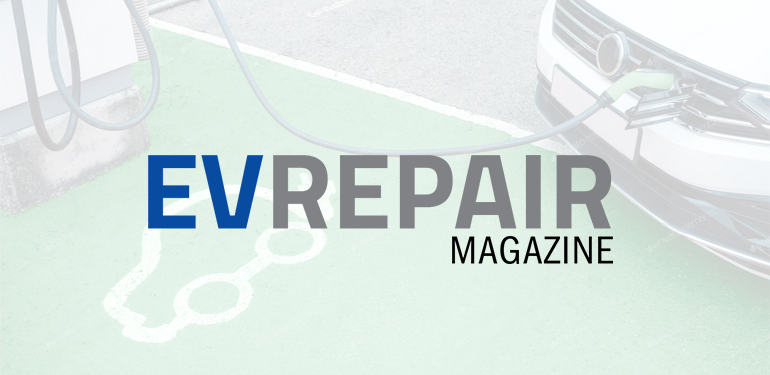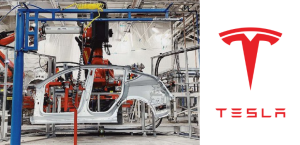Toronto, Ontario — In today’s EV/AV report, Volvo reports on the future of electric vehicles (EVs) in Canada, the National Research Council successfully tests a self-flying helicopter and Tesla replaces AI development team members with AI developers.
Green Future
A recent study by Volvo suggests that Canadians are turning towards EVs for a future purchase, even if not feasible today.
While previous data from J.D. Power Canada indicated that only one in two Canadians would consider an EV, Volvo’s 2022 Mobility Trend Report clarifies that ‘73 percent said it was important to contribute to a greener future with their car.’
Notably, four in five families said they are considering EVs for the distant future.
Rather than a lackluster interest in EVs, it appears that Canadians are largely waiting for improvements in EV infrastructure and cold-weather performance, rather than clinging on to combustion vehicles. Rising gas prices have already convinced 53 percent of Canadians to cut back on driving, said the study.
Airborne LiDAR
A Bell 412 transport helicopter has completed its first autonomous flight, thanks to researchers at Canada’s National Research Council.
While autonomous flight systems have been onboard fixed-wing aircraft for decades now, they still require human pilots for more intricate maneuvers like takeoff and landing. So far, only the most modern helicopters have autopilot systems to allow them to hover in place – rotor wings are less stable, have more controls and until now, remain complex enough to demand human input.
The Council’s tests began with basic autopilot actions like takeoff and avoiding obstacles, slowly adding more functions before having it complete an autonomous flight. For safety reasons, a pilot remained on board, ready to save the million-dollar vehicle from becoming a million-dollar wreck.
If things go as planned, autonomous helicopters may become mainstream in 2062. However, partial automation may be implemented sooner in military and rescue helicopters operating in reduced-visibility environments like the Arctic and desert.
Bot, the Builder
Tesla has officially replaced part of its AI development team with AIs, part of the company’s plan to fire 10 percent of its workers.
Previously in June 28, Bloomberg reported that 200 autopilot workers were laid off as the California location closed.
These workers used software to manually label objects collected by Tesla video feeds, like the captcha tests to confirm that you are a human. Over time, this data helps self-teaching AI make distinctions like telling a red-clad pedestrian from a fire hydrant – a crucial safety feature for any self-driving vehicle.
According to a report by CNN, Tesla executives had previously suggests that automatic data labelling, completed by AIs was accelerating the company’s development of AIs.
While this may have cut down on production costs, the shift to AI-based development may or may not be linked to the company’s increasingly frequent vehicular problems and self-driving crashes, compared to its competitors.




























